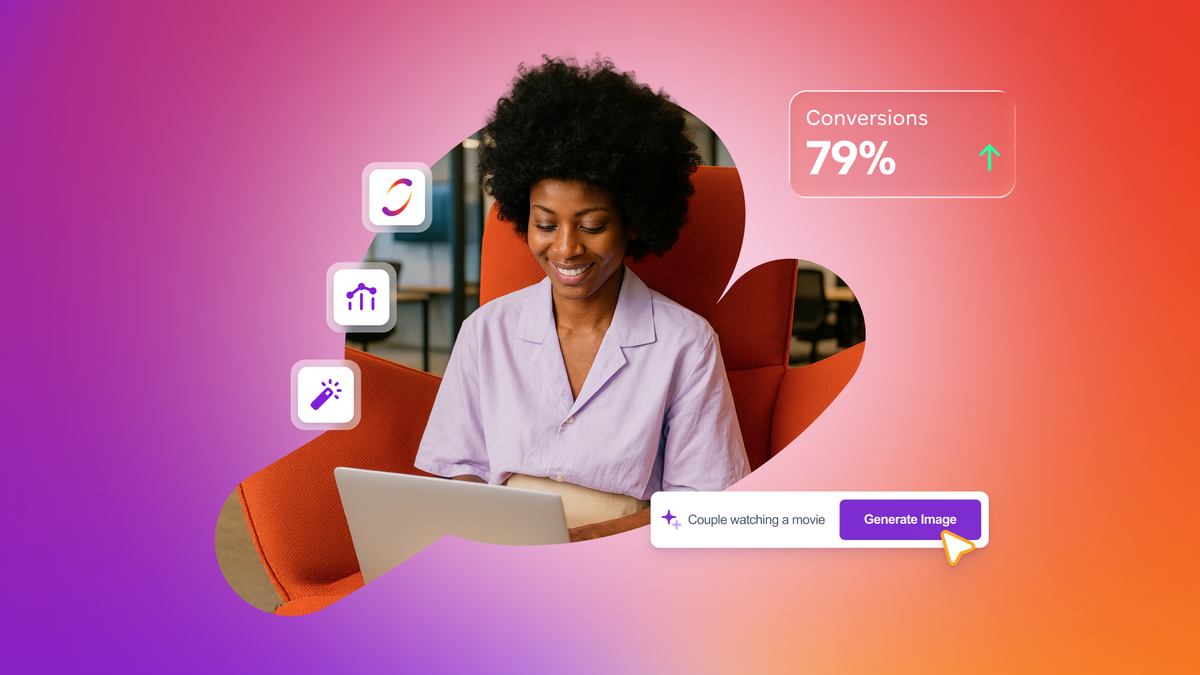5 Negative KPIs Marketers Should Be Paying Attention To
Published on December 15, 2017/Last edited on December 15, 2017/5 min read


Mary Kearl
WriterMarketers are only as good as their best data, but that doesn’t mean blindly amping up positive key performance indicators (KPIs)—and tuning out any negative warning alarm bells. Downward stats can be just as, if not even more, telling and helpful for retooling campaigns, content, messaging channel tactics, and overall strategy.
So if you’re ready to take off those noise-cancelling headphones, and listen to the full spectrum of your marketing efforts—not just the good, but the bad and the ugly, too—here are the five negative KPIs you need to start paying attention to if long-term engagement is more than just today’s buzzword at your company..
1) Push notification opt-outs
It’s no secret that about half of users opt out of push notifications, that those who haven’t yet are ready to do so the second they receive content they don’t like, and that Google just made it super easy for anyone with Android devices to dump push. So what can you do about this known industry-agnostic, channel-wide problem? First thing’s first: Acknowledge that there is (almost) always something you could be doing better with regard to push. More personal, more timely, more thoughtful– Let’s look at a couple best practices you and your team can jump on right away:
How to address push notification opt outs
- Start sending better push to customers who haven’t opted out:
- Use personalization
- Don’t send too many messages
- Share special offers and incentives
- Perfect your push notification copywriting
- Incorporate push action buttons into your messaging
- Use rich notifications like a boss
- Answer these questions before deploying push
- Prime new customers for push: Choose the right moment to get permission to send push notifications, explain the value, and leave room for asking again if they say no the first time around
- Try a re-permissions campaign: Just because customers have said no to push, doesn’t mean they won’t say yes if you get it right
- Turn to these push notification alternatives to reach customers who’ve truly opted out for good
2) Email unsubscribe rate
Assuming relevant and meaningful email marketing content is at play and recipients have agreed to being contacted, the benchmark email unsubscribe rate is relatively low—.3%, depending on the vertical. Regardless of the overall rate, losing customers can take a toll on marketers and has implications for overall customer engagement metrics, such as retention rate and lifetime value. If you want to start things off right with new subscribers, send better emails to existing customers who haven’t opted out, and find a way to reconnect with those who have unsubscribed, here are some ways to get started:
How to address email unsubscribes
- Ensure stronger engagement with a double opt-in for new email subscribers
- Master mobile email marketing (note: These are not the same best practices as for desktop email readers)
- Write and deploy smarter subject lines
- Don’t rent email lists
- Understand when to send transactional and when to send promotional emails
- Follow these five next-level tips for better email marketing
- Create an effective email re-subscription campaign
- Reach email unsubscribes on the other three main messaging channels: push notifications, news feed cards, and in-app/browser messages
3) App uninstalls (AKA churn rate or negative retention rate)
Warning: Paying attention to this negative KPI may hurt the most. While many people opt out of push notifications and relatively few unsubscribe from emails, almost all (96%) of customers who install your app will likely uninstall it—and within just 3 months, too. Stings, doesn’t it? But not paying attention will hurt worse in the long run. The costs of acquiring customers only to lose them so quickly are astronomical. But saving just 5% of customers can increase profits by more than 25%. And with the right attitude, the road to long-term relationship building can start right here.
How to address app uninstalls
- Build an app that customers actually want, i.e. an app that has:
- Unique features, functionality
- Better design than competing apps
- Discounts
- Celebrity or friend endorsements
- Don’t be a (battery or data) drain: Nearly half of survey takers said they hate apps that zap phone power the most with data usage coming in third among pet peeves
- Get onboarding and welcome campaigns right: Your first foot forward, if a strong step, can help increase retention rates by 71%
- Learn how to turn today’s churned users into tomorrow’s power users
4) Abandoned shopping cart rate
Ready for a test in optimism? Abandoned shopping carts (when people add products to their carts but never complete the transaction) amount to $4 trillion in lost sales each year and most (nearly 70%) check-outs that are initiated will never be finished. Take the glass-half-full POV: that’s a major opportunity to increase your company’s revenue. There’s nowhere to go but up, so start here:
How to address abandoned shopping carts
- Try sending abandoned shopping cart notifications that:
- Create urgency
- Are sent at the right time
- Help solve a problem that may be preventing the purchase
- Include an enticing special offer
5) App ratings
Android and App Store ratings are highly visible and volatile, but that doesn’t make them a vanity metric. When the ratings are low, this negative KPI has serious implications both on the acquisition and the long-term engagement and retention side of marketing.
On the acquisition side, there’s a known correlation between reviews and app installs—people are more likely to consider downloading higher-rated apps than not.
On the engagement and retention side, negative ratings and negative experiences go hand-in-hand. There’s an inherent bias for unhappy customers to leave scathing reviews (and low stars), while neutral to happy ones may not be as likely to chime in about the apps they use.
How to address negative app ratings
- Stack the deck by encouraging active, loyal users to rate your app through smart segmentation and follow these other do’s and don’ts for asking customers to rate your app
- Re-engage lapsed users before they become inactive (or disgruntled) users
- Be preemptive with better customer service by asking users what the problem is and offering to solve it and go the extra mile by seeing if these other essentials for winning win-back campaigns can help
Releated Content
View the Blog
Are you AI-savvy enough to survive? A wake-up call for CMOs

Team Braze

What are contextual bandits? The AI behind smarter, real-time personalization

Team Braze

What is a multi-armed bandit? Smarter experimentation for real-time marketing
